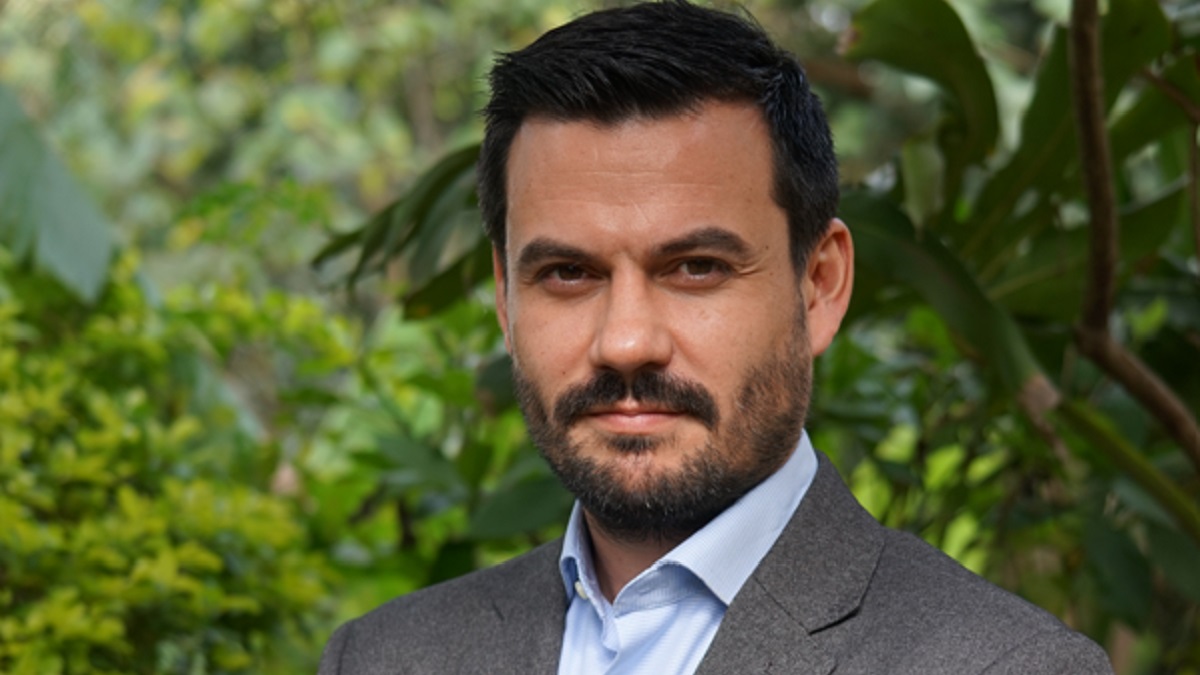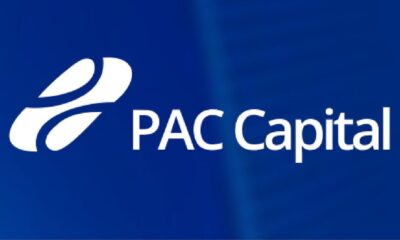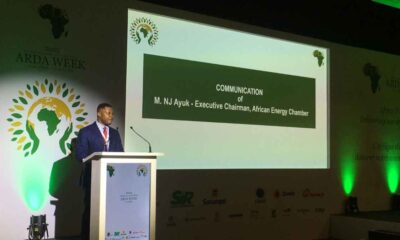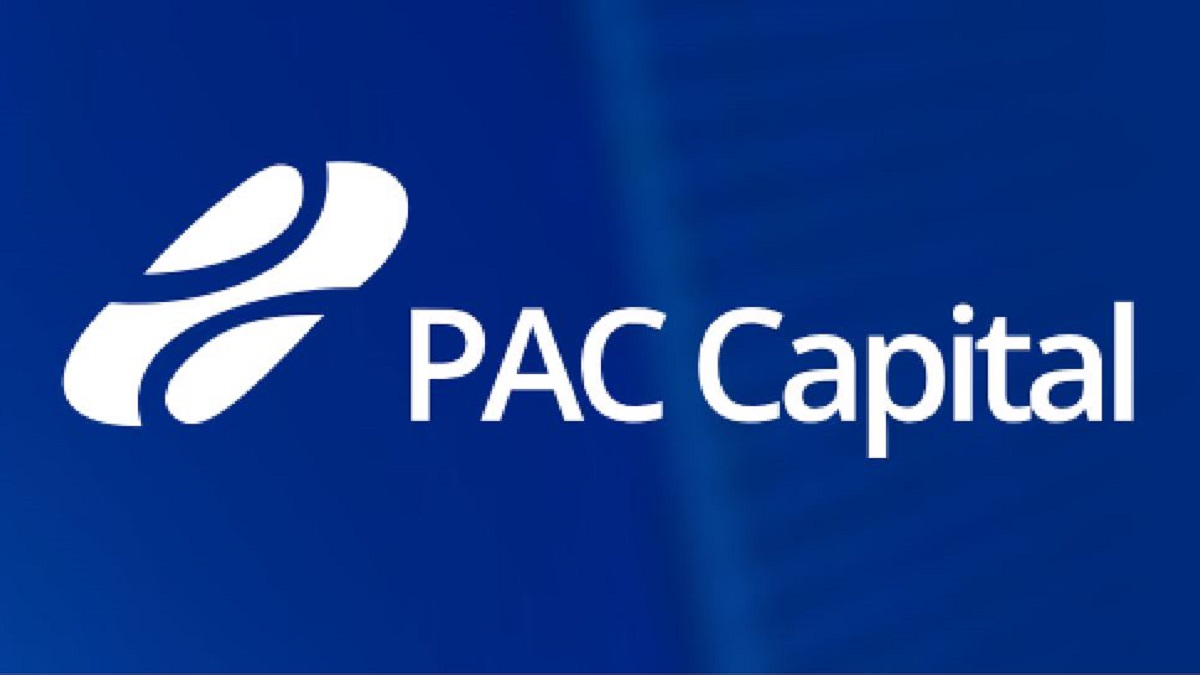The economy needs reliable infrastructure to connect supply chains and efficiently move goods and services across borders
CAIRO, Egypt, November 14, 2023/APO Group/ —
Overview
Infrastructure development is an essential driver for progress on the African continent and has the potential to be an enabler of sustainable and inclusive economic growth. The economy needs reliable infrastructure to connect supply chains and efficiently move goods and services across borders.
The recent multifaceted crises, including climate-related issues, the COVID-19 pandemic and the conflict between Russia and Ukraine have all strongly impacted the countries debt surge – slowing down the emergence of large infrastructure projects. Although the direct trade and financial linkages of Africa with Russia and Ukraine are small, the war has damaged the continent’s economies through higher commodity, food, and fuel prices as well as headline inflation. The recent political instability also threatens the appetite for foreign investments and commitment on high impact infrastructure projects.
Africa is projected to have the fastest urban growth rate in the world: by 2050, Africa’s cities will be home to an additional 950 million people according to the OECD (Organization for Economic Co-operation and Development). Much of this growth is taking place in small and medium-sized towns. Africa’s urban transition offers great opportunities, but it also poses significant challenges. Urban agglomerations are usually developing without the benefit of policies or investments appropriately able to meet these challenges.
Despite having contributed the least to global warming and having the lowest emissions, Africa faces exponential collateral damage, posing systemic risks to its economies, infrastructure investments, water and food systems, public health, agriculture, and livelihoods, threatening populations into higher levels of extreme poverty. Prioritizing structural transformation that is green, inclusive, and resilient will lay a foundation for resilience ahead of the next crisis. The continent is very diverse, composed of low, lower-middle, upper-middle, and high-income countries. Taking advantage of rich natural resources, the continent has the potential to shape a new development path, maximising the potential of its resources and people.
Finally, the African Continental Free Trade Area (AfCFTA) currently under development will be the largest free trade area by the number of countries involved since the formation of the World Trade Organisation, given Africa’s current population of 1.4 billion people, which is expected to grow to 2.5 billion by 2050. Africa needs to produce goods and services for domestic consumption and global trade to achieve sustainable economic growth and improve living standards. One of the most prominent necessities on the continent currently, it cannot succeed without adequate high quality linking infrastructures. The continent still faces serious infrastructure gaps across all sectors, both in access and quality. Most countries lag significantly behind the rest of the world in terms of coverage of key infrastructures including transport, infrastructure, energy, water, ICT, affordable housing… A pipeline of potential projects exists but is slow on actualizing; and whilst funding is available, financial commitment and spend is lacking. Annually, there is a funding gap estimated at $100 billion for infrastructural development.
Common vision and project preparedness are essential
In order to support infrastructure development, there is an indispensable need for government and multilateral banks to expand the flow of private sector financing into more commercially viable assets. Several projects fail to emerge due to weak feasibility study and business plans, delays in obtaining licenses, approvals and permits, inability to agree on risk allocation and to secure offtake agreements, and poor program delivery.
Individual efforts by African countries to develop infrastructure have faced significant funding deficits due to the high costs involved. As a key element of the Africa Union 2063 strategy, African countries, through the AU and regional economic communities, have adopted the Programme for Infrastructure Development in Africa (PIDA) to address these inadequacies and enhance connectivity. PIDA aims to spearhead physical infrastructure development in transport, energy, ICT, and transboundary water resources.
In the first 10-Year Implementation Report of PIDA that was published in September 2023, the first phase of the program over the period 2012 – 2020 indicates significant achievements, with the development of 16,066 km of roads, 4,077 km of railway lines, 7 GW of hydroelectricity power production, 3,506 km of transmission lines, 112,900 direct jobs and 49,400 indirect jobs.
Over the past 10 years, $82 billion has been invested, with $360 billion required to implement all PIDA projects by 2040. While substantial commitments have been made, including contributions from AU Member States, International Financial Institutions, and other sources, it is imperative to explore additional ways to mobilize the necessary resources (such as private capital commitments via PPPs, green bonds, and climate finance). Unlocking private sector investment is vital to reach the AU Agenda 2063 objectives.
Local governments and regional multilateral institutions need to provide investors with a common vision locally and globally. To ensure that the money is spent where it is needed, and delivers high-quality infrastructure on time and on budget, governments and private sector players need to step up to prepare, plan, and manage projects with a new level of rigor and robustness.
Regional integration as a major driver for development
Regional integration is vitally important for sustainable development in Africa. For far too long, inadequate infrastructure has held the continent back from realising its full economic potential. Lack of access to reliable energy, poor transportation networks (road, rail, ports and airports), including underdeveloped digital connectivity, have stalled Africa’s participation in the global market and prevented citizens from accessing opportunities.
According to Julien Fouilliart, Africa Market Leader for Building & Infrastructure at Bureau Veritas, an independent entity and world leader in Testing, Inspection and Certification and present in 35 countries in Africa, “This is one of the secrets to success in creating a prosperous African continent. Regional integration, where we see the countries agreeing to co-operate and work closely together to achieve economic and political stability; wealth and peace are core drivers to development and sustainability for the continent. This in turn will create an appetite for intra-African trade and shines a light on the need for regulation of standards, maintenance of high-quality products and facilitates the need for local and international trade.”
Taking advantage of rich natural resources, the continent has the potential to shape a new development path, maximising the potential of its resources and people
Corridor development is thus an integral part of boosting intra-African trade and an essential element of regional integration. Beyond physically connecting geographies, corridors will enable vital socio-economic transformation. Rail development, the backbone of corridor development, is the long-term solution for regional integration and presents great advantages in terms of sustainability and safety – in comparison to alternative modes of transport. Nevertheless, it is certainly the infrastructure that requires the largest CAPEX investment and therefore needs strong planning, and critically, weighty financing.
The recent International Forum: Financing Rail projects in Africa organized by the International Union of Railways (UIC) held in October in Dakar has been opening the debate around key issues to see these main rail corridors emerge. The structuring of project financing and the emergence of a new legal framework to mitigate risk for investors are certainly valid approaches to explore. For example, The Luxembourg Protocol to the Cape Town Convention on International Interests in Mobile Equipment is currently under discussion. When enforced, it will set up a new global legal regime that will make it easier and cheaper for the private sector to finance railway rolling stock. The Protocol aims to increase certainty and reduce risks in asset-based financing for the acquisition and use of railway rolling stock through a global legal framework providing international recognition and enforcement of creditors’ rights.
In addition, there is a real opportunity to use mega mining investments where rail is crucial for operations to develop new corridors. For example, the Simandou iron ore project that involves the construction of a 650km-long railway in Guinea will be a strong driver for socio-economic growth, and certainly a great chance to foster sustainable development, job creation, new local expertise development, social integration, and gender diversity. It is now imperative that local governments and all stakeholders obtain maximum benefit from the opportunity.
Finally, public and private authorities need to urgently address standardization across technology, operations and safety measures to reduce lead time at borders and fully exploit the infrastructure in the medium term. Regulatory compliance and consistency are crucial across economic corridors and need to align with global compliance.
Green finance as an opportunity for sustainable and resilient development
In response to the global climate crisis, green finance is the strategic approach to incorporate the financial sector in the transformation process towards low-carbon and resource-efficient economies. Various types of infrastructure from housing to transport, energy, telecom, or water must all carry green, smart and climate resilient as core requirements.
Infrastructure development should be environmentally sustainable and meet the needs of future generations. Policies and practices to promote sustainable development and climate change mitigation needs to be implemented. This will require the governments and private developers to build resilience into infrastructure projects in regions vulnerable to climate change or other environmental hazards, such as flooding or drought.
Long term sustainability versus “quick wins” can provide quite the dilemma on the African continent. The immediate need for results can be a strong motivating force at the expense of long-term sustainable infrastructure rollouts that will provide health and safety benefits for all, and in accordance with global standards and certifications.
The global green agenda is a unique opportunity to leverage funding for critical assets needed to be developed such as affordable housing. Affordable housing is one segment of the much-needed gap in infrastructure and is an area of huge foreseeable growth. Today, 54 million people live in impoverished areas and this number is due to double by 2030. More than 74% of the population lives on less than $2USD per day according to International Finance Corporation (World Bank Group). New development schemes and the need for financial institutions and investors to greenify their portfolio can be used to leverage funding.
The green building certification schemes have showed recently that they can be a useful tool for affordable housing development. For example, the government of Kenya has issued a decree that all affordable housing projects under the nation’s “Big 4” Agenda must meet the EDGE green buildings standard (Excellence in Design for Greater Efficiencies). The government will provide developers with free land to build affordable housing projects that meet the government’s commitment to resource-efficient structures. The decree was enacted by Kenya’s State Department of Housing & Urban Development in the Ministry of Transport. The government targets to build at least 250,000 houses every year, for the next five years, a project that could see over six million Kenyans get proper affordable houses.
Another noteworthy example of green building standards for affordable housing development is Acorn Holding Limited, who, in 2019, issued the first Green Bond in Kenya and by extension, the East African region. The projects were benchmarked against International Finance Corporation EDGE green building standard.
Private investment will make the difference
It is essential that governments and institutions create an enabling environment for investment: a clear and transparent regulatory framework sets the foundation for a conducive business environment. Governments need to create the right legislative, regulatory, and institutional environment to attract private investors to come on board.
For instance, African Special Economic Zones (SEZ) are considered one of the main instruments that stimulate economic reforms, promote quality foreign direct investments (FDIs), and accelerate industrialization across the continent. Its main objective is to increase a country’s trade balance, employment, investment, job creation and effective administration.
According to the African Economic Zones Outlook (Edition 2021 (https://apo-opa.co/3N519F5)), more than 200 SEZs are operational in Africa with 73 projects announced for completion in 47 countries. The land dedicated to SEZs is nearly 150,000 hectares while over $2.6 billion has been mobilized in investments dedicated to agro-processing, manufacturing, and services. In Africa, the number of special economic zones (SEZs) is steadily rising but there are still challenges to meeting industrialization, foreign direct investment attraction, and job creation targets.
Special economic zones are geographical areas that are mostly located at borders, and offer investors attractive tax incentives (reduced or zeroed), infrastructure (developed land, factory buildings and public services), a special customs regime (exemption of inputs from customs duties and taxes), and simplified administrative procedures. They owe their fame mainly to being instrumental in the economic take-off of Asian giants such as China, South Korea, Hong Kong, and Singapore.
As exposed earlier, financing is available, but lenders (private or otherwise) want to see a return on their investment. However, a lack of understanding of the African context makes it difficult for new investors. Each country needs to be treated uniquely according to its strengths and needs. It is vital that the diverse economies’ various needs are embraced. Monitoring and protection of their assets’ full life cycle, from design to construction, operation, and completion to de-risk the investment is sought, a knowledge that guaranteed funding is being appropriately managed to ensure healthy financial returns.
It is imperative that quality, health and safety, sustainability, corporate social responsibility are monitored according to global standards to ensure outstanding infrastructure is developed for the long term. Massive opportunities are anticipated and through effective facilitation of projects based on partnerships of trust and harmonization of regulatory compliance standards, it is predicated that investment appetite will mature. It promises to be a win-win all around.
Distributed by APO Group on behalf of Bureau Veritas.


 Business4 days ago
Business4 days ago
 Business4 days ago
Business4 days ago
 Business4 days ago
Business4 days ago
 Business4 days ago
Business4 days ago
 Business4 days ago
Business4 days ago
 Business4 days ago
Business4 days ago
 Business5 days ago
Business5 days ago
 Business4 days ago
Business4 days ago














